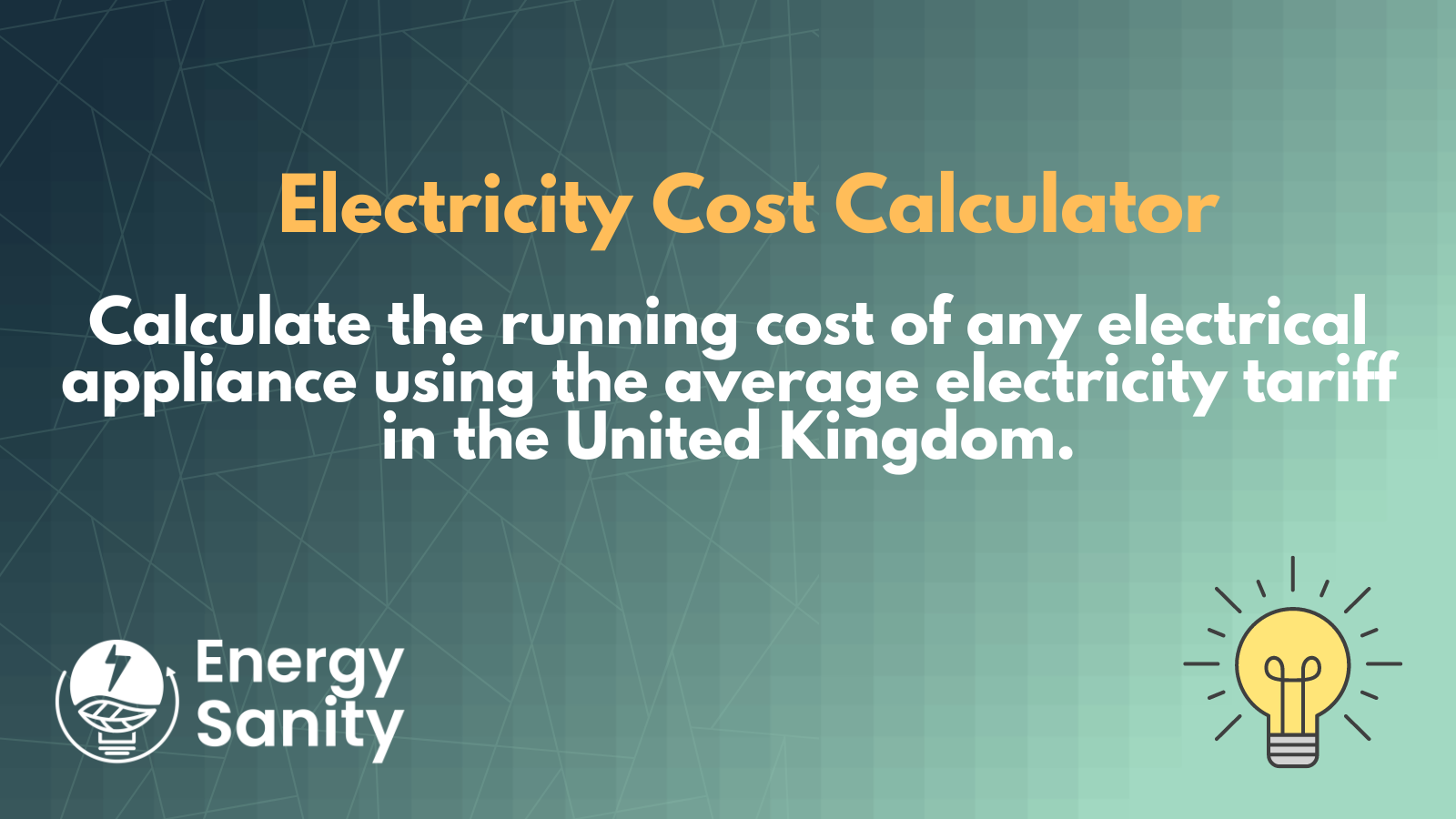We’re all looking for ways to save money on our energy bill. And with the wholesale price of energy increasing, it’s easy to see why – they’ve shot up in recent years. One way that some people suggest you can save some money on your energy bills is by switching over to an Economy 10 tariff instead of sticking with a standard fixed rate or variable tariff that most energy suppliers offer.
Over the past few years, less and less suppliers are actually giving you the ability to switch yourself over to an Economy 10 tariff, with the average person’s energy tariff being fixed and therefore equal throughout the day. So, who actually offers this in the UK right now? Well, that’s what I’ll be looking at.
Economy 10 suppliers
The main suppliers of an Economy 10 meter and tariff in the UK are;
- Green Energy UK
- EDF Energy
- M&S Energy (customers now with Octopus)
- Npower (acquired by E.ON)
- SSE
It’s clear to see why Green Energy offer it, as their rates are pretty expensive anyway; but that’s the price you pay for a fully green supplier. But if you’re okay with using off peak hours, then you could consider changing your meter over as well as switching over your energy supplier. Let’s look into what an Econ 10 meter actually is.
What is an Economy 10 tariff?
An Economy 10 tariff is one that can benefit a certain select number of people. It’s similar to an Economy 7 tariff, which gives 7 hours of reduced rates during the nighttime – typically somewhere between midnight and 8am.
Thank you for reading this post 🙌 - don't forget to take advantage of our New Free Tools: Electricity Cost Calculator and Energy Bill Calculator 👇
Energy Bill Calculator
Our Energy Bill Calculator is designed to help you estimate your electricity costs in the…
Electricity Cost Calculator
Do you want to know how much your electrical appliances are costing you every month?…
However, an Economy 10 tariff gives you these same 7 hours during the night time, as well as 3 hours during the daytime too. Or sometimes, it may be split up even more, into say 5 hours throughout the nighttime, 2 hours in the daytime and 3 hours in the evening.
So for example, an Economy 10 tariff may give you a full 7 hours during the evening between 12am and 7am, and then 3 hours in the daytime between 1 and 4pm. These are typically times when people are sleeping or at work, so energy usage isn’t that much. Or, they may give you 5 hours between 12am and 5am, then 3 hours between 1-4pm in the afternoon, and then 2 hours again in the evening between 9-11pm.
It really varies between all of the different suppliers out there, so you need to check which ones offer you a schedule that fits in with your daily routine. The ability to have separate periods is definitely an advantage, and you’ll generally get more daytime hours than a similar Economy 7 meter.
Who will Economy 10 benefit?
There are some people who can definitely benefit from switching over to an Economy 10 tariff from their standard one. The main folks who should probably consider doing this are;
- Nightshift workers and irregular hours – If you get home from work at 6am and sleep throughout the day, then an Economy 10 tariff could fit in perfectly for you. Get a few hours of energy when you wake up, and you’ll be able to do all of your chores (like using the energy sucking washing machine) during the nighttime on your days off.
- Those with electric heating – If you really want to see the benefits of Economy 10, then you’re probably best if you have both your heating and appliances powered by electricity as opposed to gas heating. If you use gas for most things around the house, then this kind of tariff isn’t going to be that advantageous to you.
- Those with ritualistic tendencies – If you’re happiest scheduling out your week in advance, then you could consider switching over to an E10 tariff from your standard one. As long as you get most of your energy usage within the given timeframes, you could end up saving a decent amount of cash.
To really make the most of an Economy 10 meter, you’ll need to use your biggest household appliances during these specified ten cheaper hours. That means washing machines and all of the other larger appliances in your home will want to be used during these times, so you’ll need to be pretty well organized.
Conclusion
In conclusion, it can definitely be worth switching over to an Economy 10 tariff if you want to get the cheapest possible energy rates in your home. Though you do need to take into account that when you use energy outside of your specific 10 hours a day, you’ll end up getting charged a higher rate than your normal one.
This means that for many people, a low fixed price tariff will likely be the best option to go for, as it allows you to spread your energy usage equally throughout the day without having to worry about when your energy is at its cheapest.


